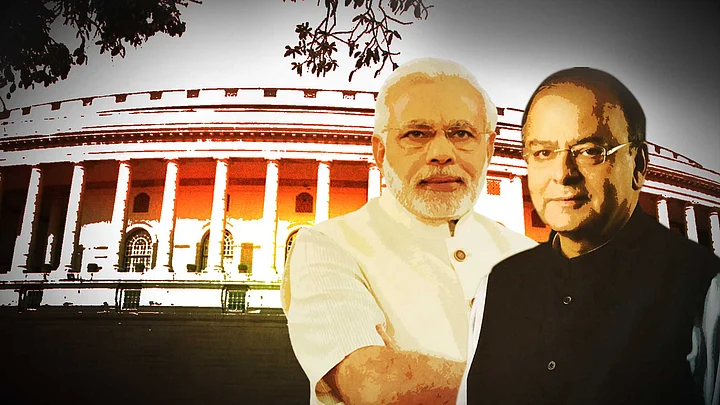Throughout years of political gridlock, the risk that India might pass its biggest tax reform since independence appeared reassuringly remote for many businesses.
Until now.
Suddenly, the prospect that a new Goods and Services Tax (GST) will be implemented next year has bosses panicking at the likely impact and seeking advice on how to cope.
On Wednesday, the Parliament passed a key constitutional amendment to resolve crucial issues needed to transform India’s $2 trillion economy and 1.3 billion consumers into a single market for the first time.
Where Do We Go From Here?
A huge IT system needs to be set up, tax collectors trained and companies brought up to speed on a levy that experts say will force them to overhaul business processes from front to back.
One boss who isn’t ready is GR Ralhan, head of Roamer Woollen Mills in the northern city of Ludhiana.
“Companies, particularly smaller ones, are apprehensive,” Ralhan said, calling for more time to adjust and saying a high rate of GST could put his firm out of business.
Countries that have introduced GST in the past have often faced a relative economic slowdown before the benefits of a unified tax regime begin to be felt.
India is already the world’s fastest growing large economy, expanding by 7.9 percent year-on-year in the March quarter. Economists at HSBC forecast a boost of 0.8 percentage points from the GST within three to five years.
80-20 Rule
Tax experts say that only 20 percent of – mostly big – firms are getting ready for the GST. The rest are taking things as they come in a country where coping with a changing tax regime has been a way of life for decades.
Yet even those actively preparing must contend with a series of unknowns as the national and state parliaments tackle the task of transforming a “model” GST law into the real thing.
The first hurdle will be for a majority of state parliaments to pass the GST amendment, which would establish a GST Council to finalise key terms of the new tax.
That could take until November and mean that the legislation to put the GST into force would only come before the national parliament’s winter session.
Hitting the government’s target launch date of next 1 April, the start of the fiscal year, looks ambitious. Slippage to July or October 2017 is increasingly likely, say experts.
Setting the Rate
Modi’s government favours a GST rate of 18 percent but states are lobbying for more. While goods producers have become inured to high tax rates, service companies now paying 15 percent would take a hit that they would either have to absorb or pass on to customers.
“I don’t think a rate beyond 20 percent would fly politically – if they do that, it would be inflationary,” said Harishankar Subramaniam, head of indirect tax at EY India.
Add to that a lack of clarity on where deals are transacted for tax purposes and telecoms, financial services and e-commerce players are worried.
“Services companies are looking at the GST as you would look at a snake,” said Amit Kumar Sarkar, head of indirect tax at Grant Thornton.
The question for Modi will be whether the boost to economic growth materialises in time for his expected bid for a second term.
“If the tax regime stabilises, Modi can stand up in 2019 and say: ‘I’ve passed the biggest tax reform in Indian history’,” said EY’s Subramaniam.
(At The Quint, we question everything. Play an active role in shaping our journalism by becoming a member today.)
